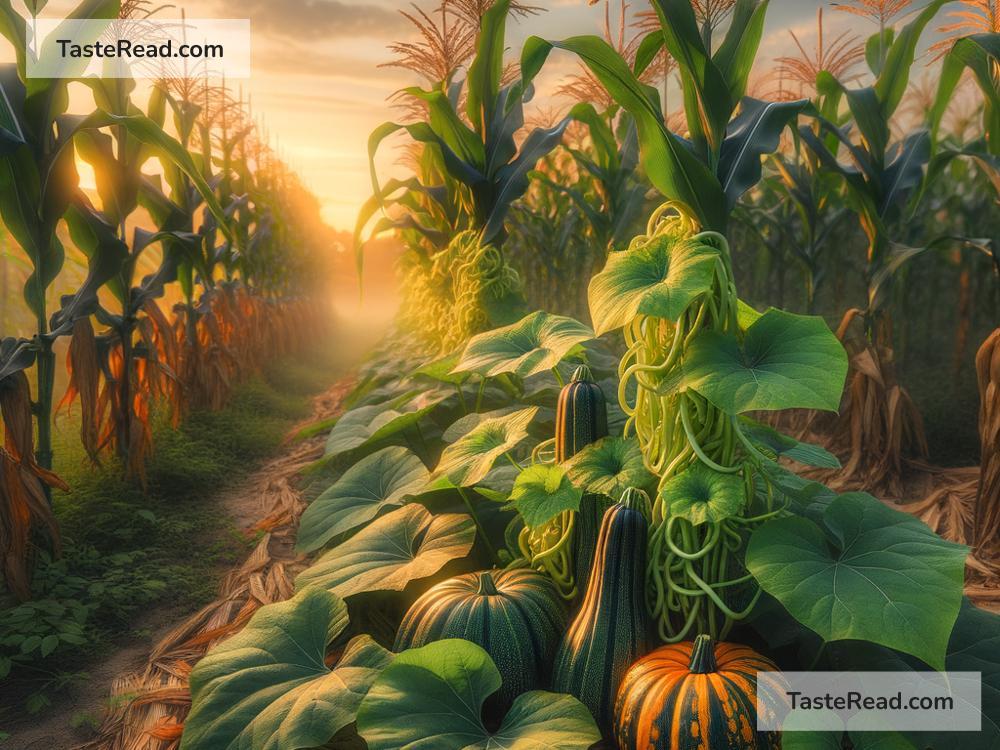The Surprising Role of Squash in Native American Agriculture
When we think about Native American agriculture, most people immediately picture fields of corn or rows of beans, but did you know squash plays a surprisingly big role in Native American farming traditions? This humble vegetable wasn’t just a food source––it shaped their way of life, their health, and their connection to the earth. Let’s take a closer look at squash and why it was so important in Native American culture.
Squash: More Than Just a Vegetable
Squash is one of the oldest crops grown by Native Americans, dating back thousands of years. It’s believed that squash originated in Central America before spreading to other parts of North and South America. Different varieties of squash, such as pumpkins, butternut, and acorn squash, were cultivated by Native peoples across the continent. While we mostly eat squash for its sweet, earthy taste today, Native Americans saw it as much more than just food.
Squash, along with corn and beans, formed what is often called “The Three Sisters” in Native American agriculture. These three crops were planted together because they helped each other grow. Corn provides a tall stalk for beans to climb, beans fix nitrogen in the soil to improve fertility, and squash spreads its wide leaves across the ground to retain moisture and block weeds. This natural partnership allowed Native Americans to grow more food with less effort. It also reflected their deep understanding of ecosystems and their ability to farm in harmony with nature.
Health Benefits of Squash
Native Americans valued squash not only for its role in farming but also for its nutritional benefits. Squash is packed with vitamins, minerals, and antioxidants that keep the body healthy. Its seeds are rich in protein and oils, while the flesh is full of vitamin A, which helps eyesight, skin, and the immune system. Fresh squash could be eaten during harvest season, while dried squash was stored for food during colder months. This made squash a reliable source of nutrition all year round.
The seeds had another surprising use: medicine. Some Native American tribes would use squash seeds as a natural remedy for digestive issues or to expel parasites. This practical use demonstrates how squash was valued as both food and medicine.
Squash and Native American Culture
Squash didn’t just feed Native American communities—it shaped their culture, too. Squash was often included in ceremonies, storytelling, and art. Its vibrant flowers and uniquely shaped fruits inspired patterns in pottery and textiles. Some tribes even considered squash sacred because of its role in sustaining life. The planting, harvesting, and sharing of squash brought families and communities together, creating rituals and traditions that united people.
In addition, squash was key to early trade. Native Americans would exchange squash and squash seeds with neighboring tribes or with European settlers. This sharing of crops helped Native Americans establish relationships and influence the agriculture of settlers, who began growing squash themselves.
How Squash Farming Encouraged Sustainability
Native Americans were pioneers of sustainable farming, and squash played a big part in their eco-friendly practices. By planting squash alongside corn and beans, they avoided depleting the soil. The large, leafy vines of squash prevented erosion and kept the soil rich in nutrients. This method of farming supported biodiversity and avoided over-cultivation.
Unlike modern industrial agriculture that relies on heavy machinery and harmful chemicals, Native Americans used natural processes like crop rotation to maintain the health of their farmland. Squash was an essential part of this sustainable system, showing how ancient techniques can teach us about taking care of the earth even today.
Squash’s Lasting Impact
The role of squash in Native American agriculture is still visible in modern farming and diets. Many of the squash varieties we enjoy today come directly from the heirloom plants grown by Native Americans. The Three Sisters farming method has become an example for sustainable agriculture worldwide.
Some Native American groups continue to preserve these traditions, planting squash alongside corn and beans to honor their ancestors and support their communities. Organizations are working hard to revive Indigenous food systems, including squash farming, to promote cultural heritage and sustainable practices.
Squash also reminds us of the importance of biodiversity. There are hundreds of varieties of squash, each with its own unique flavor, shape, and color. Preserving these varieties isn’t just about history; it’s about maintaining diverse food sources for future generations.
A Vegetable to Be Thankful For
Squash may seem simple, but its role in Native American agriculture was anything but ordinary. This versatile crop fed families, supported ecosystems, inspired traditions, and even influenced trade. Without squash, Native Americans might not have been able to create such resilient farming systems or maintain their rich cultural traditions. Squash is truly a vegetable to be thankful for—not just for its delicious taste, but for all the ways it shaped history.
The next time you eat squash or see it in a grocery store, take a moment to think about the rich legacy it carries. Though it appears small, its role in Native American agriculture was monumental. Squash teaches us that even the simplest things can be powerful when treated with care and respect.


